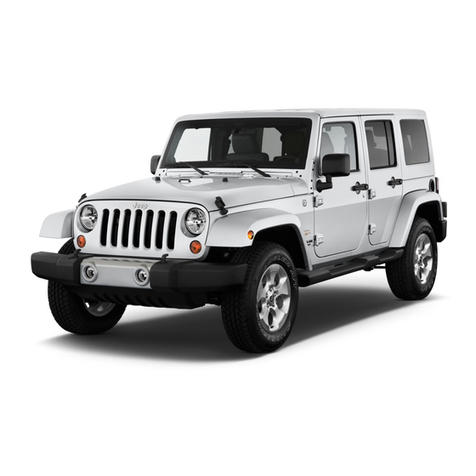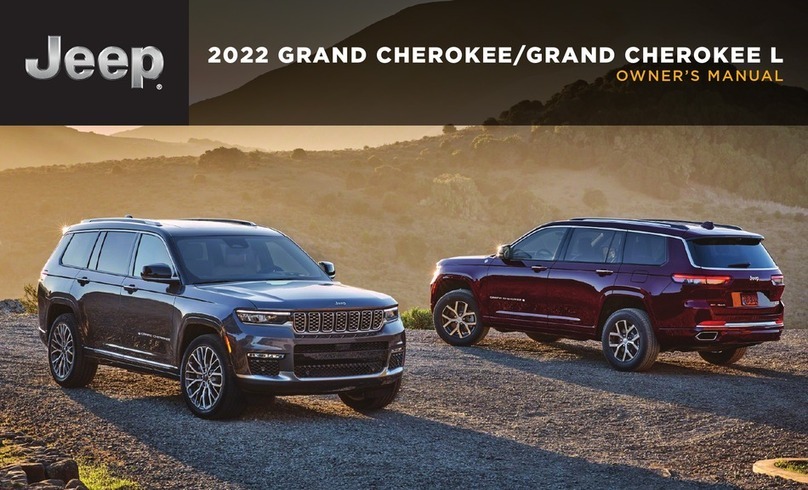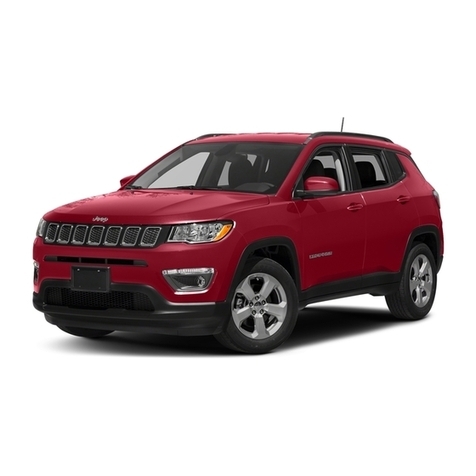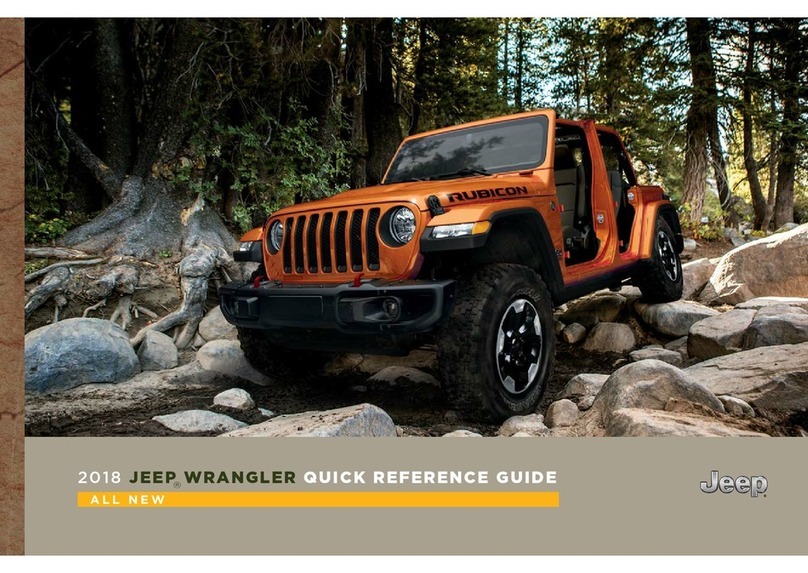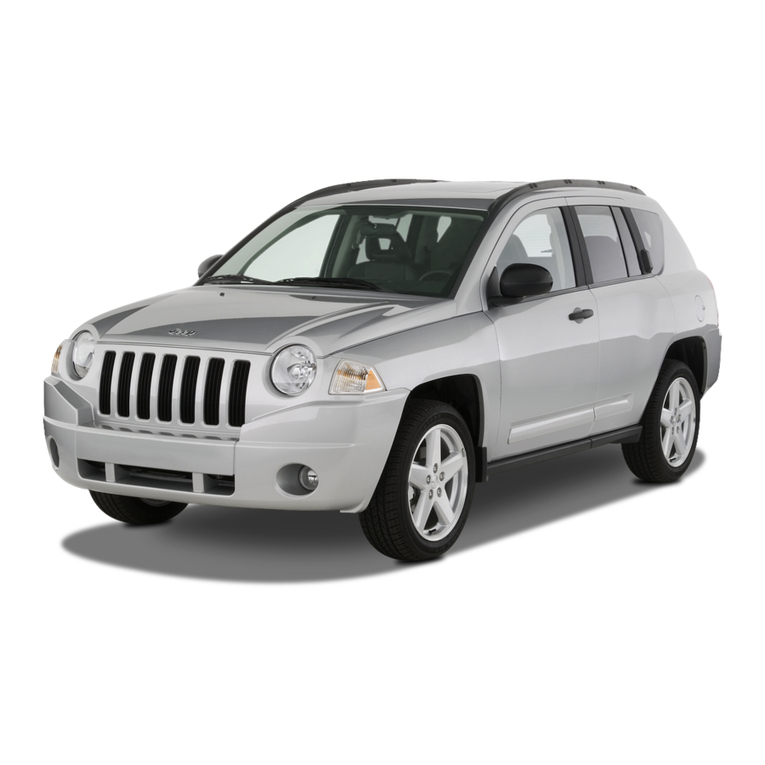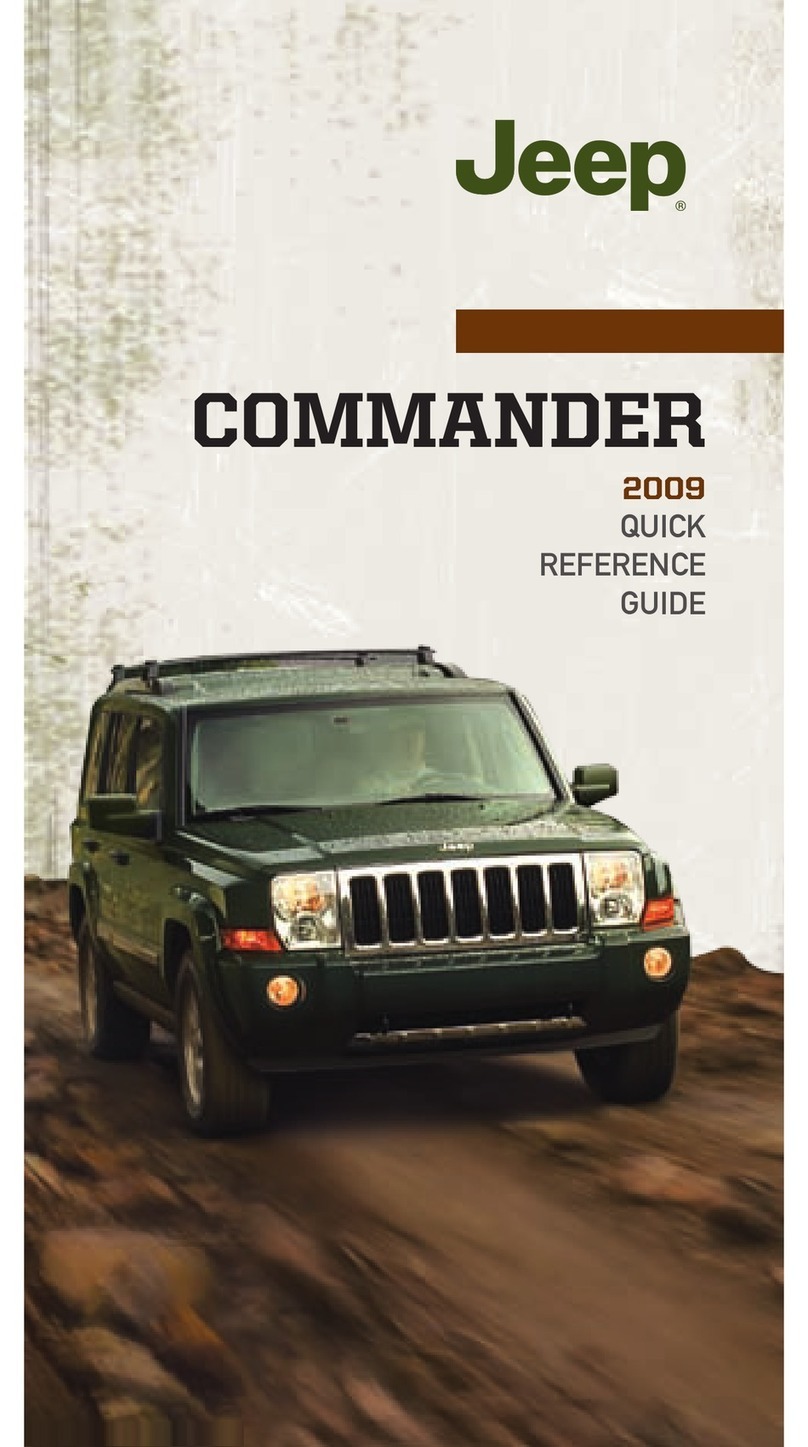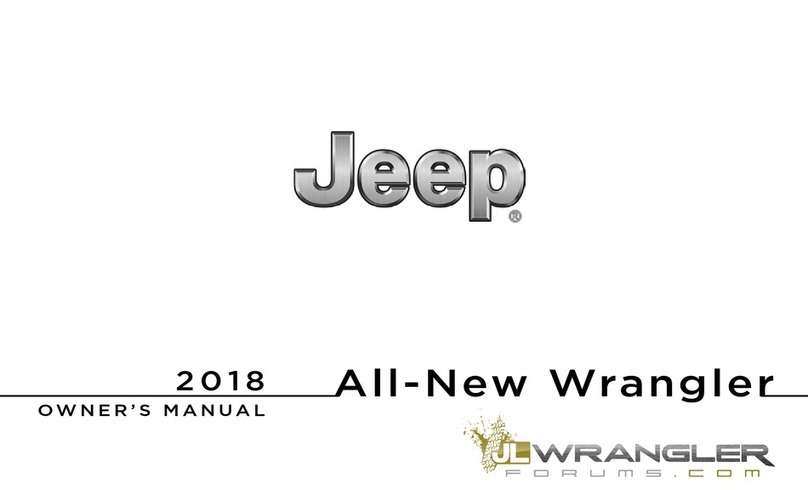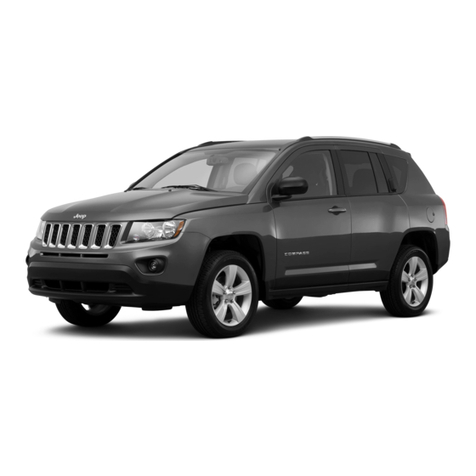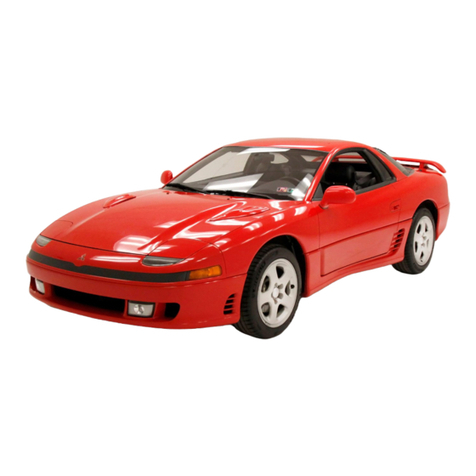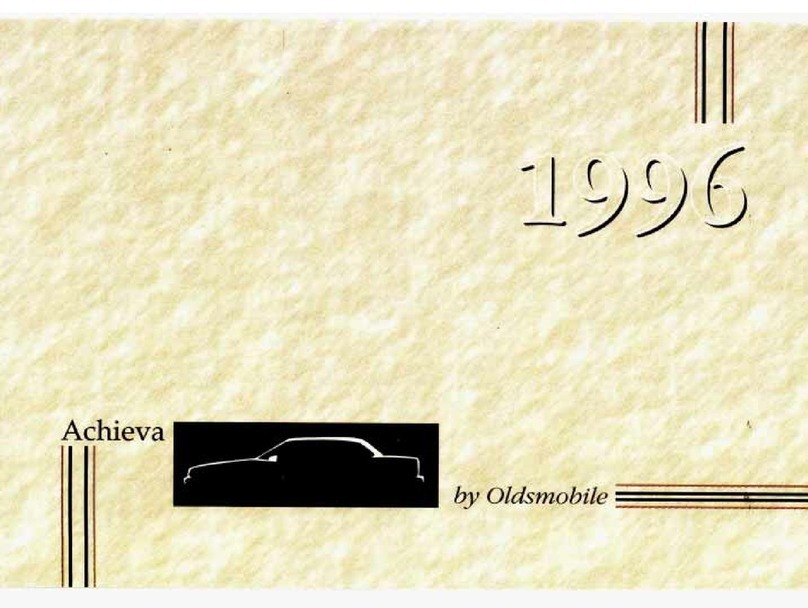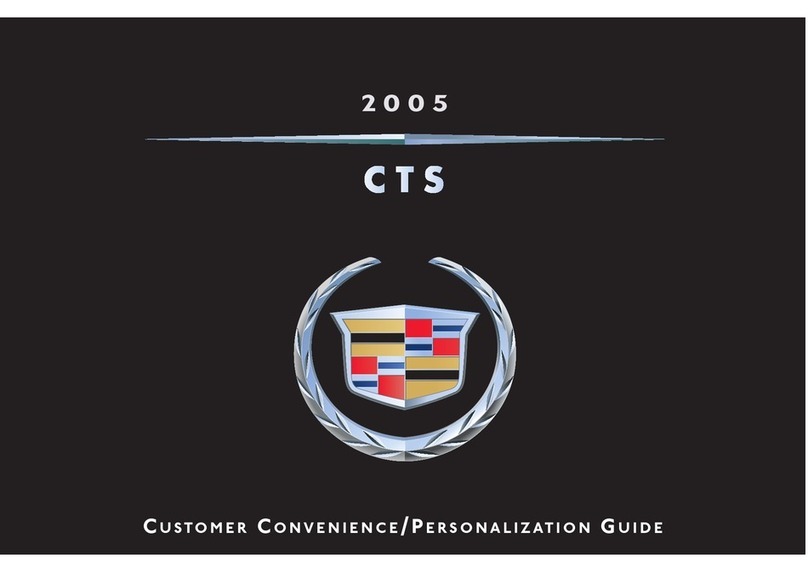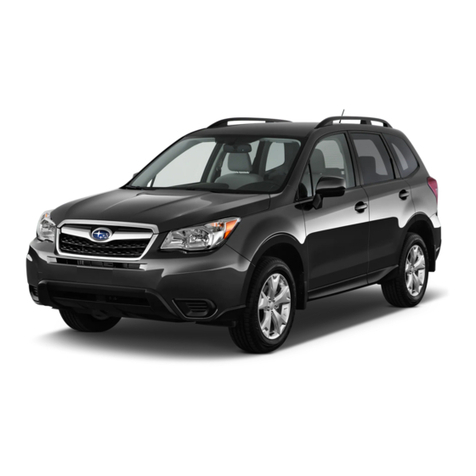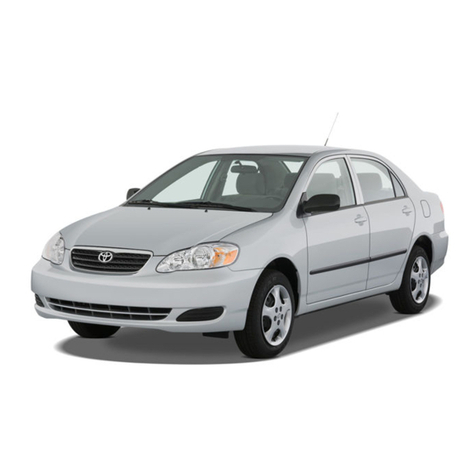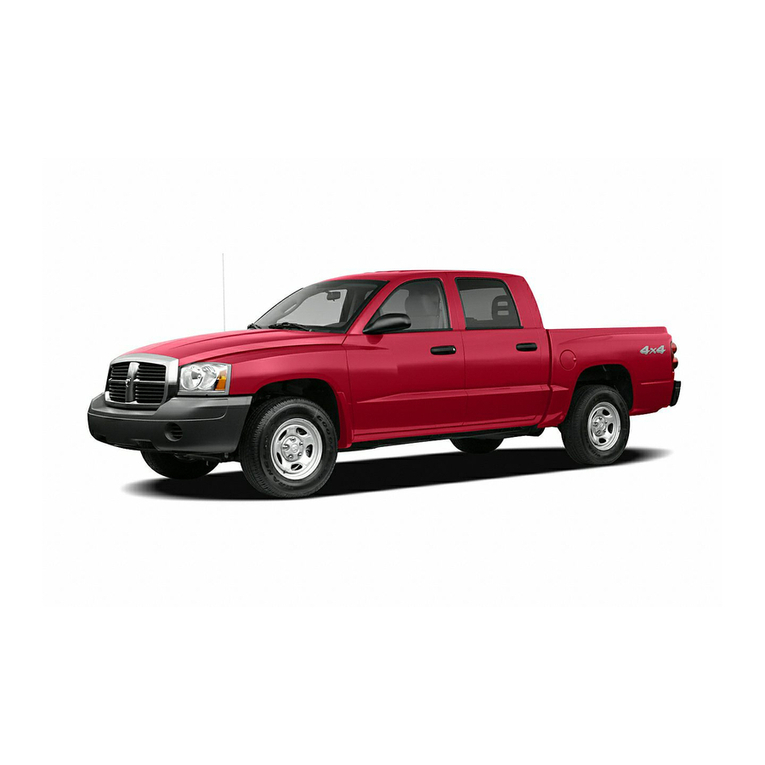
2
INTRODUCTION
Symbols Key............................................................4
Symbol Glossary .....................................................4
GETTING TO KNOW YOUR VEHICLE
HIGH VOLTAGE BATTERY ...................................... 6
Battery Conditioning ...................................... 7
Regenerative Braking
System (RBS) ................................................. 7
E-Select Mode................................................ 8
HIGH VOLTAGE CHARGING OPERATION .............9
SAE J1772 Charging Inlet ............................. 9
AC Level 1 Charging (120 Volt,
15 Amp).......................................................... 9
AC Level 2 Charging (240 Volt, 30 Amp
Or 32 Amp)................................................... 20
Charging Times ............................................ 20
Vehicle Charge Indicators ........................... 21
Hybrid Electric Pages................................... 22
IGNITION SWITCH .................................................25
REMOTE START — IF EQUIPPED ........................27
How To Use Remote Start ...........................28
To Enter Remote Start Mode ...................... 28
To Exit Remote Start Mode Without
Driving The Vehicle ......................................28
SEATS .....................................................................29
Manual Adjustment (Rear Seats) ...............29
Head Restraints .......................................... 31
HOOD ..................................................................... 32
Opening ........................................................ 32
Closing.......................................................... 33
GETTING TO KNOW YOUR
INSTRUMENT PANEL
INSTRUMENT CLUSTER ....................................... 34
Instrument Cluster Descriptions................. 35
INSTRUMENT CLUSTER DISPLAY....................... 36
Instrument Cluster Display Location And
Controls ........................................................ 36
Oil Life Reset................................................ 37
Fuel And Oil Refresh Mode ......................... 38
Instrument Cluster Display Menu Items .... 38
WARNING LIGHTS AND MESSAGES .................. 39
Red Warning Lights ..................................... 40
Green Indicator Lights................................. 41
White Indicator Lights ................................. 41
STARTING AND OPERATING
STARTING THE VEHICLE...................................... 42
Normal Starting............................................ 42
AutoPark....................................................... 43
After Starting................................................ 45
To Turn Off The Vehicle Using ENGINE
START/STOP Button .................................... 45
AUTOMATIC TRANSMISSION ..............................46
Ignition Park Interlock ................................. 47
Brake/Transmission Shift Interlock (BTSI)
System ......................................................... 47
Eight–Speed Automatic Transmission ....... 47
REFUELING THE VEHICLE ....................................52
TRAILER TOWING .................................................54
Trailer Towing Weights (Maximum Trailer
Weight Ratings) ........................................... 54
SAFETY
SAFETY FEATURES ...............................................55
Audible Pedestrian Warning System ......... 55
OCCUPANT RESTRAINT SYSTEMS ....................55
Supplemental Restraint Systems (SRS)..... 55
SERVICING AND MAINTENANCE
SCHEDULED SERVICING......................................56
Maintenance Plan ....................................... 57
ENGINE COMPARTMENT — 2.0L HYBRID..........61
VEHICLE MAINTENANCE ......................................62
Cooling System ........................................... 62
TIRES......................................................................74
Snow Traction Devices ............................... 74
STORING THE VEHICLE ........................................75
TECHNICAL SPECIFICATIONS
FLUID CAPACITIES ...............................................77
ENGINE FLUIDS AND LUBRICANTS ...................78
CHASSIS FLUIDS AND LUBRICANTS .................80
21_JL_H_SU_EN_USC_t.book Page 2

